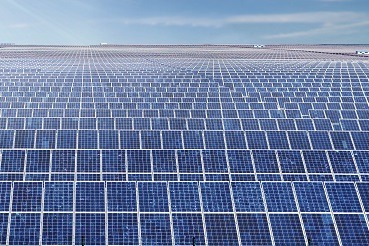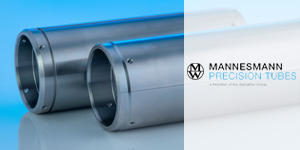More and bigger problems due to harmonic pollution
Harmonic pollution: the ‘silent killer’ in electrical installations
To a greater or lesser extent, harmonic voltages, often described as harmonic pollution, are present in almost every electrical installation. The higher the level of harmonic pollution, the greater the potential risk to the installation. In installations with a large number of power electronics (non-linear loads) the risk of problems caused by harmonic pollution is particularly high. Harmonics also provide extra reactive power, or distortion power. As a result of the presence of harmonics, switching equipment (such as frequency drives) may sometimes consume more than 50% of reactive power.
Causes of harmonic pollution
Harmonic pollution is caused by the harmonic currents of non-linear loads. These non-linear loads are electrical devices that do not demonstrate ‘linear’ behavior; the voltage and current are not synchronous. These devices attempt to convert the pure sinusoidal alternating voltage into a direct current. The resulting alternating current is no longer purely sinusoidal.
Power electronics, or equipment in which power electronics are present, are typical non-linear loads. In industrial and commercial installations, this type of equipment is being used to an increasing extent. As a result, harmonic pollution within these installations is increasing exponentially.
Examples of non-linear loads
Interested in the possibilities?
We are happy to help you gain insight into the quality of electrical energy within your installation. By means of measurements, analysis and appropriate reporting, we offer you insight into the Power Quality status of your installation.
Consequences of harmonic pollution
The consequences of harmonic pollution in an installation vary from equipment defects to completely burned-out distribution boards. Depending on the degree of harmonic pollution and the sensitivity of connected equipment, negative effects of harmonic pollution may reveal themselves more quickly.
Negative effects of harmonic pollution
What is a harmonic?
A harmonic is a frequency that is a whole multiple of its fundamental frequency. The fundamental of the European voltage grid is 50Hz. With a fundamental of 50Hz, multiples exclusively include frequencies of 100Hz, 150Hz, 200Hz and so on. These ‘multiple’ frequencies are called harmonics. If the fundamental frequency is 50Hz, the 3rd harmonic is 150Hz, the 5th harmonic is 250Hz and the 7th harmonic is 350Hz.
The Total Harmonic Distortion, or THD, of the voltage and the current is expressed from the 2nd harmonic to the 50th harmonic. More specifically, THDu describes the total harmonics in the voltage and THDi describes the total harmonics in the current.

Three groups of harmonics
Harmonics can be divided into three groups, also known as directions of rotation. Assuming a ground frequency of 50Hz, which is clockwise, each of these groups has a different effect.
Still in the neutral (homopolar)
3rd harmonic
9th harmonic
15th harmonic
Etc. until 50th
Leads to increased neutral currents that can result in heating and ignition of cables and components.
Left turning field (counterclockwise)
5th harmonic
11th harmonic
17 harmonic
Etc. until 50th
Leads to losses in, for example, motors and transformers as well as heat generation in the electrical infrastructure.
Right turning field (clockwise)
7th harmonic
13th harmonic
19th harmonic
Etc. until 50th
Leads to losses in, for example, motors and transformers and heat generation in the electrical infrastructure.
Each device has its own distinctive harmonics. For example, frequency drives often produce 5th and 7th harmonics and LED lightning often produces 3rd harmonics.
In Power Quality we measure the harmonic pollution up to the 50th harmonic. For this, we use Fluke meters and Power Quality analyzers. Above 50th harmonics, more advanced equipment is required, such as an oscilloscope to take measurements in the EMC spectrum.
Standards regarding maximum harmonic pollution
The maximum harmonic pollution (of the voltage) – in both public and non-public networks – are defined in different standards relating to the quality of electricity.
(NEN) EN50160
NEN-EN-IEC61000











